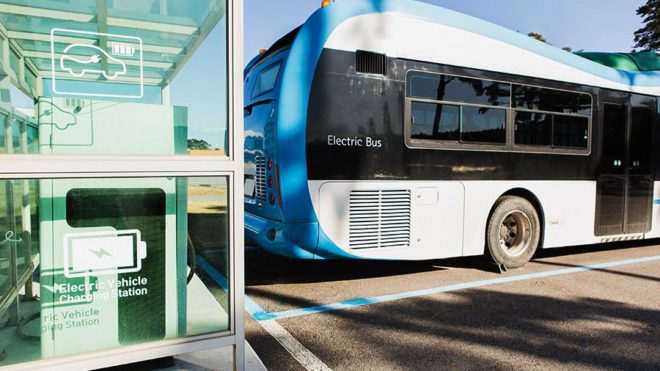India today is experiencing an enormous boost in population. Statistics says, by 2024, India is likely to beat China and will be the most populous country in the world. With such situations standing on the face, India must also prepare for the rapidly altering economy.
Rapid growth in population, urbanization and technological progressions have led to the transformed expectations of the cities and citizens. A well-organized transport system is the backbone of the towns which are now turning to smart cities. Public transportation, on the other hand, is the leading light of the transportation system being the primary mode of travelling or logistics in any city in India, specifically in the form of metro, local buses and private taxi networks.
In smart cities there is an opportunity today to introduce new types of intelligence into these systems to help ensure they remain the backbone of sustainable urban transport long into the future. Therefore, proper coordination with the public transportation network has become a part of all consecutive urban plannings.
Transformations in Public Transportation leading to sustainable mobility
- GPS tracking system: The superior tracking systems incorporated in public transportation has augmented people’s reliability in this means of conveyance. Real-time tracking facilitates operations and optimizes the response mechanism. It also infuses a sense of security amongst commuters.
- Video surveillance: The increase in the transit population has made the security of passengers an ongoing concern. Real-time video surveillance in public transport is a safeguard to traveller’s security. The authorities can remotely inspect the vehicle and respond instantly to ant vandalism, anti-social behaviour or accident. The video footages act as a detector of crimes subsequently offering reassurance to drivers, on-board staff, and passengers. Since the advent of Video surveillance, there has been an apparent decrease of about 23% in crimes in public transport.
- Digital freight applications: ICT-based freight applications add to operational efficiency and best possible employment of freight network. They help in real-time accessibility to freight conditions, quick decision-making and its execution. Equipped with analytical abilities, they can also forecast traffic situations and help in route planning.
How will we be benefitted by achieving sustainable mobility?
When it is alleged that public transportation promises sustainable mobility, it becomes crucial to comprehend as to why a smart city needs sustainable mobility? Take an overview of the benefits a smart city derives from sustainable mobility:
- Reduction in Road Traffic congestion: Public transport explicitly assists in reducing on-road congestion. Public transport consisting of public buses is more flexible and has a vast capacity; they are readily available at quick intervals. They make commuting easy, reduce delays and lessen journey time. In addition to this, advanced applications predict traffic conditions helping in picking optimal routes for a hassle-free ride.
- Improved quality of life: A better conveyance is a major mainstay of a quality life in a city. Hence, efficiently-regulated public transport system improves the quality of life. People have better access to their workplaces, schools, etc.; people have freedom of mobility and superior means of job opportunities. It saves a lot of money by cutting the expenses on gasoline. Furthermore, public transport brings a drastic decrease in pollution once again advancing the improved quality of life.
If India is aiming at smart cities, it also has to focus on smart plus sustainable mobility and transport infrastructure. Leveraging smart technological solutions can improve existing transportation system and infrastructure and realize India’s vision of being a developed country consisting smart cities.

